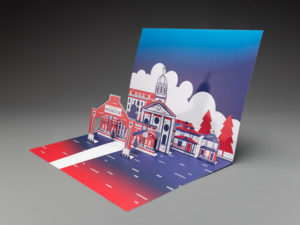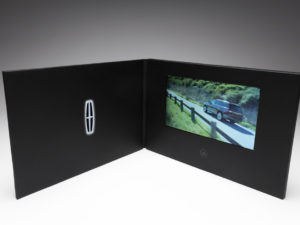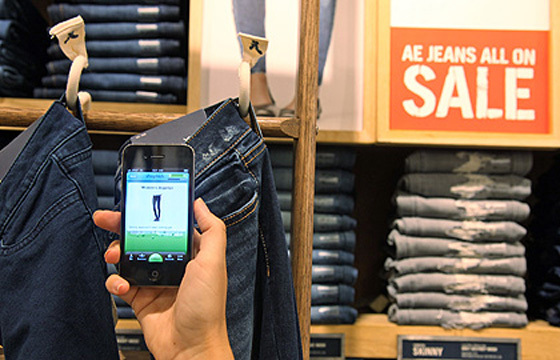Earlier in the year, the U.S. Postal Service re-introduced the first of six new promotions on direct mail for business. Although these promotions could provide substantial discounts on postage for businesses looking to send direct mail, meeting the requirements will entail some work. Here, we’ve broken down two of the six promotions the USPS is offering in 2019.
- The Tactile, Sensory and Interactive (TSI) promotion is for mailers who enhance their customers’ experience through direct mail via the use of advanced print innovations in paper, specialty inks and interactive elements like pop-ups or folds. Mailers can register for this promotion through July 31, 2019 upon which they’ll be eligible for an upfront two percent postage discount during the promotional period on qualified marketing mail, non-profit letters and flats.

- The USPS’ second promotion, for Emerging and Advanced Technology, encourages mailers to incorporate emerging technologies like Augmented Reality (AR), Near Field Communications (NFC), Virtual Reality (VR), and Video In Print into their direct mail pieces. The idea here is to make the physical direct mail piece more effective by incorporating it into a cohesive and multi-channel campaign. Registration is open through August 31, 2019 and the promotion runs from March 1 through August 31. Like the TSI promotion, the Emerging and Advanced Technology promotion gives an upfront two percent postage discount at the time of mailing.

For more information and guidance on how to create a campaign that meets the USPS requirements, click here.

![BLE-vs-NFC-infographic[1]](https://www.structuralgraphics.com/blog/wp-content/uploads/2016/03/BLE-vs-NFC-infographic1.jpg)